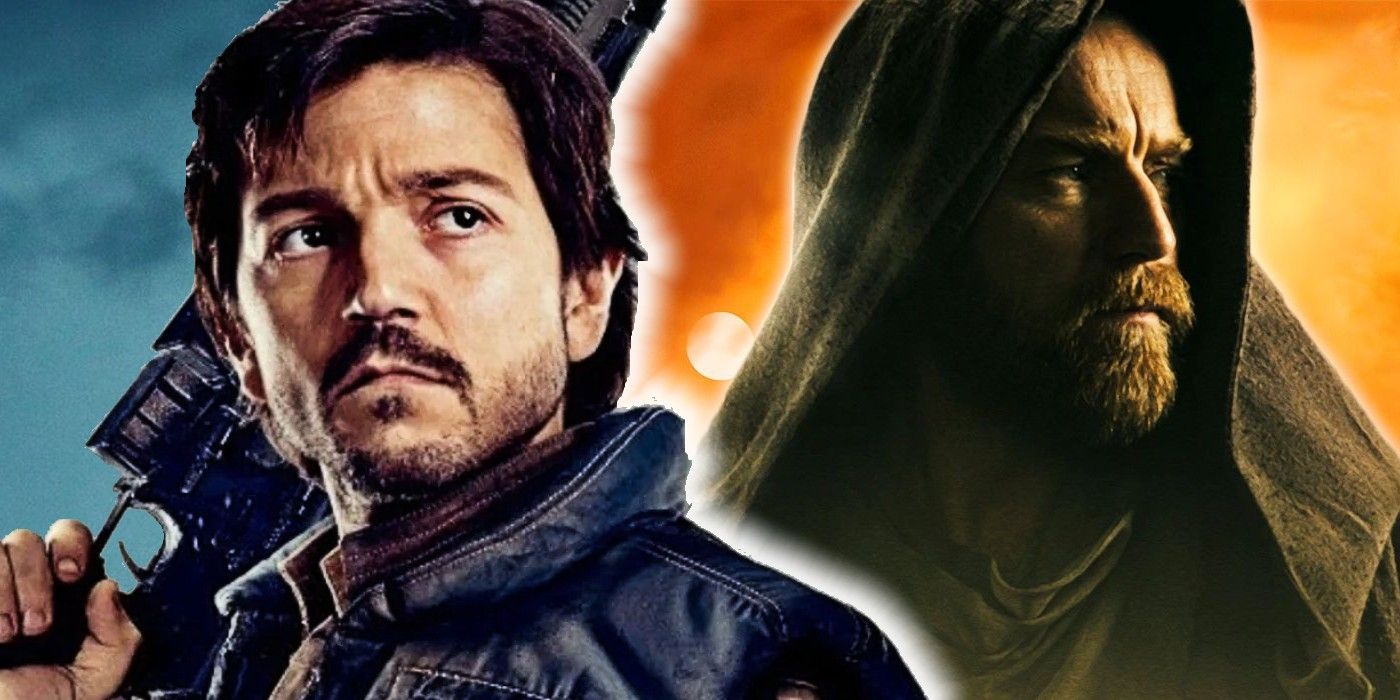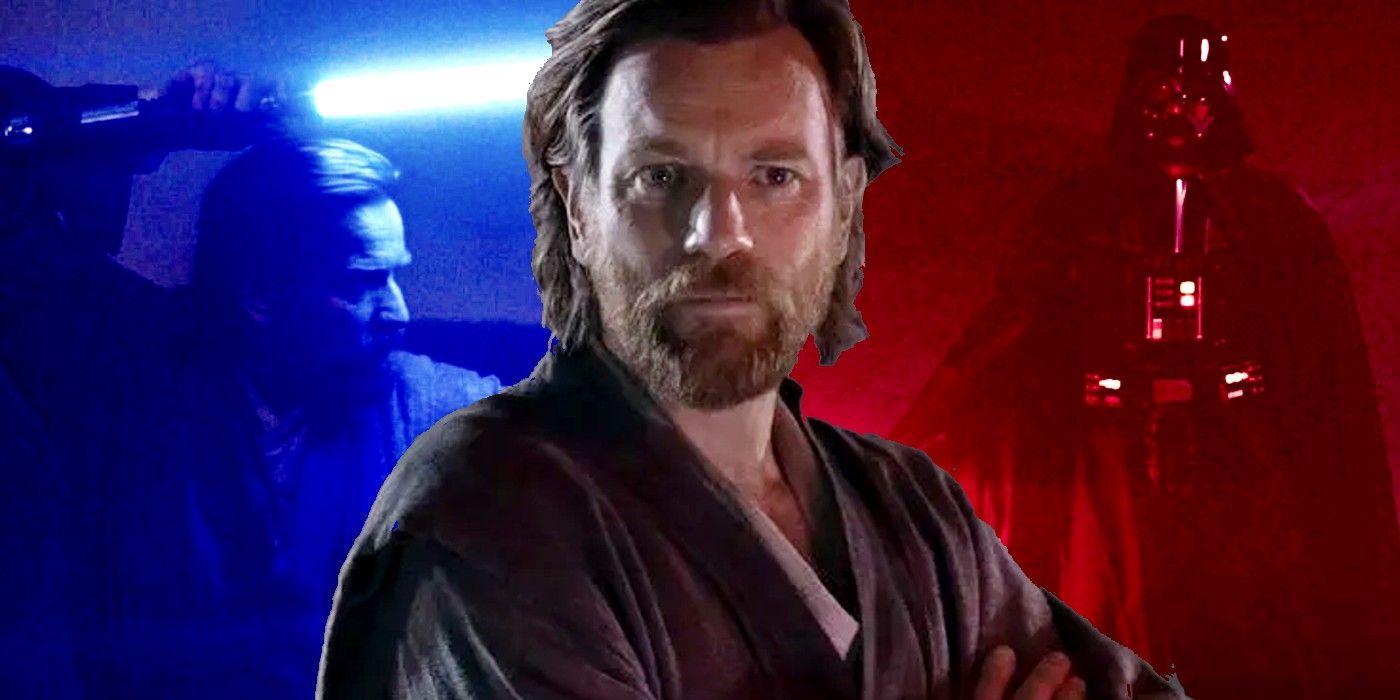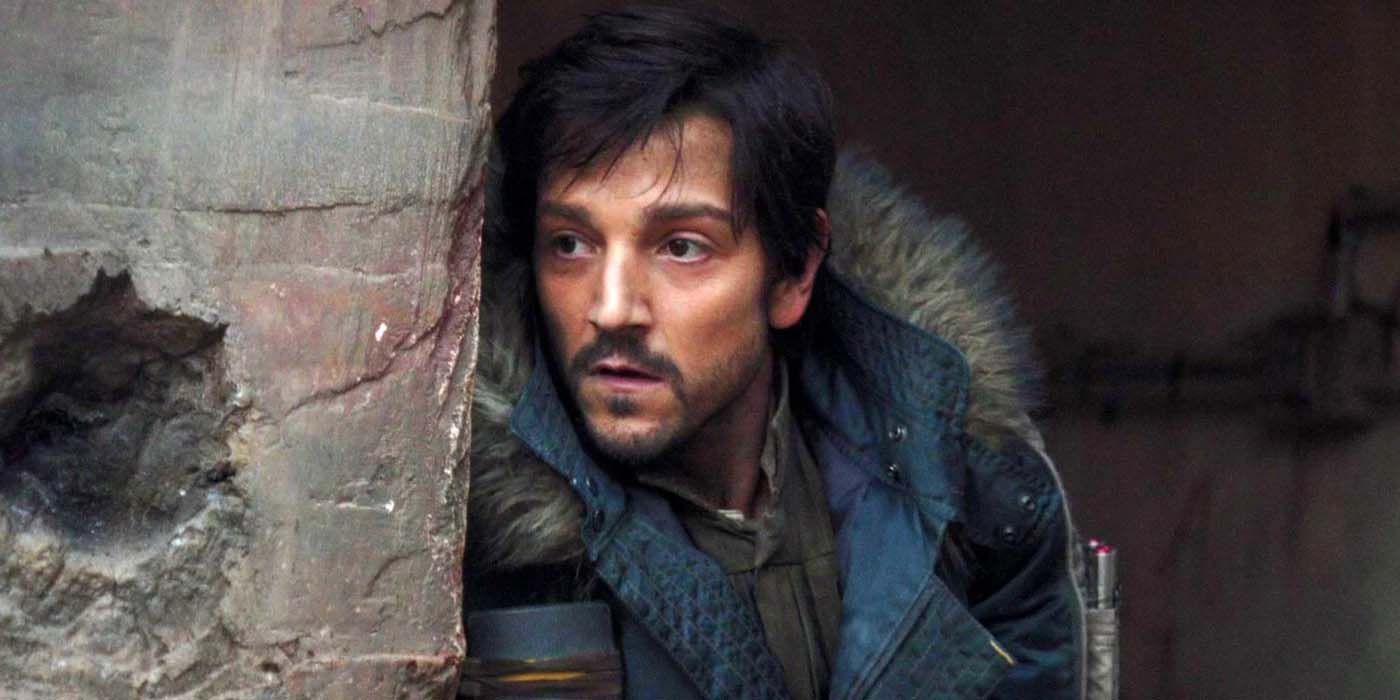The following contains spoilers for Andor Season 1, Episode 5, "The Axe Forgets," now streaming on Disney+.
Through it's first five Episodes, Andor has done some great things. As expected, it's highlighted the darker side of the Rebellion and the brutal aspects of the Empire. However, Andor has also done some unexpected things. Most notably, Episode 4, "Aldhani" included a plethora of Star Wars Easter eggs, such as an ancient, blue Kyber crystal, armor resembling Starkiller's get-up and a set of Mandalorian armor.
Interestingly, it's not just the darkness and unexpected Easter eggs that fans have enjoyed. Andor's tone has been more down-to-earth than a lot of Star Wars projects. In a way, it feels a lot like the original trilogy, and given the subject matter, that makes sense. Yet, Andor also imitates the original trilogy by making the galaxy feel to-scale, which user u/T1S9A2R6 aptly pointed out on Reddit. Unfortunately, that was something that Obi-Wan Kenobi failed to do. Here's how Andor is accomplishing the old Star Wars feel.
Obi-Wan Kenobi Felt Too Small-Scale
Obi-Wan Kenobi was probably the most anticipated Star Wars series yet. Fans clamored for more Kenobi content for years, and when it finally came out, the reception was middling. While it did some things very well, the series was kind of shoehorned into canon. Some fans didn't appreciate that because it made some characters' decisions look questionable at best. Even still, Kenobi managed an 82 percent on Rotten Tomatoes and offered fans a boatload of Easter eggs and callbacks. Maybe that was Kenobi's biggest problem. The whole series was an exercise in fan-service.
Kenobi was about the personal feud between Darth Vader and his former master. While that made for an awesome, swashbuckling story, it didn't have hardly any bearings on the galaxy at large. In other words, fans liked seeing multiple fights between Vader and Kenobi. However, the worn-down Kenobi from planet the next-door doesn't even remotely care if the villainous Darth Vader hunts down his long-time, personal nemesis and has a violent temper in the process. In that way, Obi-Wan Kenobi felt very small and isolated because it really only affected a few, specific characters.
Andor Makes The Galaxy Feel Much Bigger
Unlike Obi-Wan Kenobi, Andor has felt much bigger. It's partly because Andor was made using practical sets (as opposed to using The Volume), but there's more to it than that: Andor's story is about relatively unimportant people doing big things that have huge impacts on the galaxy. More importantly, their actions will end up affecting individual people all over the galaxy. That raises the stakes for everyone involved, but it also makes the series feel less zoomed-in. Instead, it feels like Andor has the whole galaxy in mind.
The first real example of Andor's large scale came in Episode 5, "The Axe Forgets." Cassian and his new team were preparing to infiltrate the Imperial garrison on Aldhani, and it felt like the whole Rebel fleet was about to attack the Death Star. The team of Rebels was only seven members strong, but what they were doing had the chance of sparking a rebellion. Simultaneously, if they were to fail, the Empire might put an end on the whole operation. In that way, everything that happens in Andor has the potential to change the entire galaxy for good or for bad. That's a noticeable improvement from Obi-Wan Kenobi's isolated storytelling.
New episodes of Andor premiere Wednesdays on Disney+.



